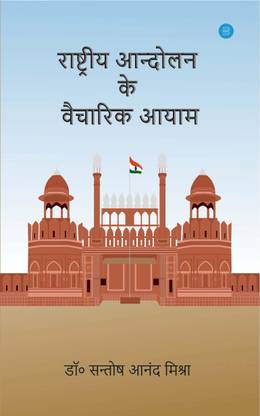Shanti Swarup Bhatnagar: A Pioneer of Scientific Research in India
Early Life and Education
Shanti Swarup Bhatnagar was born on 21 February 1894 in Bhera, Punjab Province, British India (now in Pakistan). His father, Parmeshwari Sahai Bhatnagar, passed away when he was just eight months old. Raised by his maternal grandfather, an engineer, he developed an early interest in science and engineering. As a child, he enjoyed building mechanical toys, electronic batteries, and string telephones.
He completed his schooling at Dayanand Anglo-Vedic High School, Sikandrabad (Bulandshahr). In 1911, he joined Dayal Singh College, Lahore, where he was actively involved in theatre and even won a prize for his Urdu one-act play Karamati. He passed the Intermediate Examination of Punjab University in 1913 with first-class honors and went on to study at Forman Christian College, earning a BSc in Physics (1916) and an MSc in Chemistry (1919).
Higher Studies and Research
Bhatnagar received a scholarship from the Dayal Singh College Trust to study abroad. He initially planned to go to America but ended up in England due to transportation issues following World War I. He joined University College London under the mentorship of Professor Frederick G. Donnan and earned his Doctorate in Science (DSc) in 1921.
During his time in London, he was supported by the British Department of Scientific and Industrial Research with a fellowship of £250 per year.
Academic Career
Upon returning to India in 1921, Bhatnagar joined Banaras Hindu University (BHU) as a professor of chemistry. He composed the university anthem (Kulgeet), which is still sung today. He later moved to Punjab University, Lahore, as a Professor of Physical Chemistry and Director of University Chemical Laboratories.
His research focused on colloids, emulsions, and magneto-chemistry. In 1928, he co-developed the Bhatnagar-Mathur Magnetic Interference Balance, one of the most sensitive instruments for measuring magnetic properties at the time. It was showcased at the Royal Society Soirée in 1931 and later marketed by Messrs Adam Hilger & Co., London.
Contributions to Industrial Chemistry
Bhatnagar solved various industrial problems, including:
- Developing a process to convert sugarcane bagasse into food cake for cattle.
- Working with major Indian companies like Delhi Cloth & General Mills, J.K. Mills Ltd., Tata Oil Mills Ltd., and Steel Brothers & Co. Ltd.
One of his most notable achievements was improving crude oil drilling techniques. The Attock Oil Company (Rawalpindi) faced issues with drilling mud hardening upon contact with saline water. Bhatnagar discovered that adding Indian gum improved the stability of the mud suspension. This success led the company to donate Rs. 1,50,000 to Punjab University for petroleum research, which eventually led to the establishment of the Department of Petroleum Research.
Establishment of CSIR
The Industrial Intelligence and Research Bureau, created in 1935, had a small budget and limited impact. In 1940, Arcot Ramaswamy Mudaliar pushed for the establishment of the Board of Scientific and Industrial Research (BSIR), with Bhatnagar as its Director. In 1942, BSIR evolved into the Council of Scientific and Industrial Research (CSIR), with Bhatnagar as its first Director-General.
Under his leadership, CSIR established several national laboratories, including:
- National Chemical Laboratory (Pune)
- National Physical Laboratory (New Delhi)
- National Metallurgical Laboratory (Jamshedpur)
- Central Fuel Institute (Dhanbad)
- Central Food Processing Technological Institute (Mysore)
Bhatnagar also played a role in setting up the National Research Development Corporation (NRDC), which bridged the gap between scientific research and industrial application.
Post-Independence Contributions
After India's independence in 1947, Bhatnagar worked closely with Jawaharlal Nehru to develop the nation’s scientific infrastructure. He served as:
- Chairman of the University Grants Commission (UGC)
- Secretary of the Ministry of Education
- Educational Adviser to the Government of India
He was also part of the Scientific Manpower Committee (1948), which helped plan India’s scientific workforce.
Honours and Awards
Bhatnagar was widely recognized for his contributions:
- Officer of the Order of the British Empire (OBE) – 1936
- Knight Bachelor – 1941
- Fellow of the Royal Society (FRS) – 1943
- Padma Bhushan – 1954
He also served as the President of the Indian Chemical Society, Indian National Science Congress, and the National Institute of Sciences of India.
Legacy
To honor his contributions, the Shanti Swarup Bhatnagar Prize for Science and Technology was established in 1958. This prestigious award recognizes outstanding Indian scientists across various fields.
Bhatnagar passed away on 1 January 1955 at the age of 60. His legacy continues to inspire generations of scientists in India.













0 Comments
Thank you